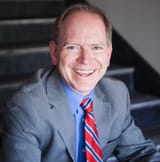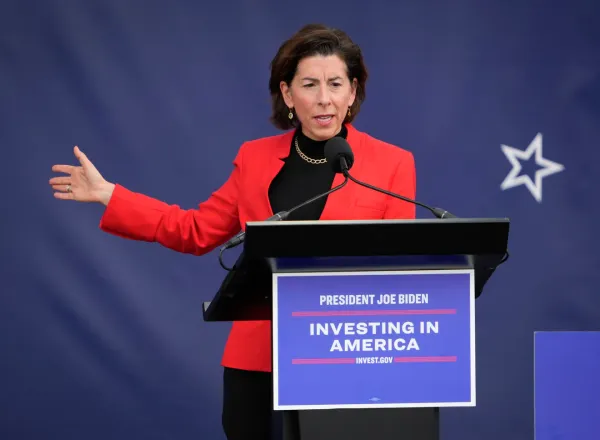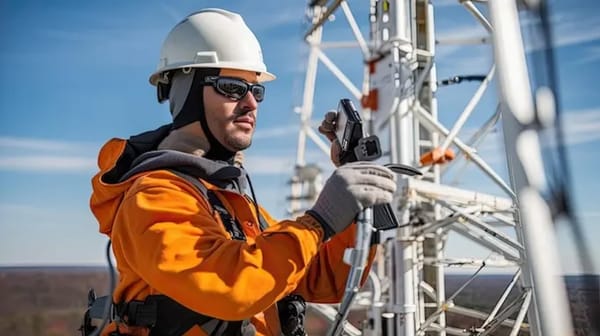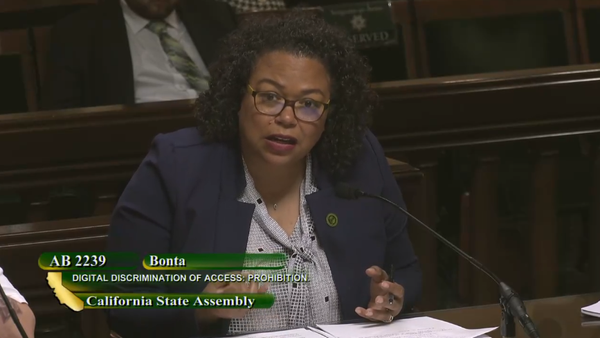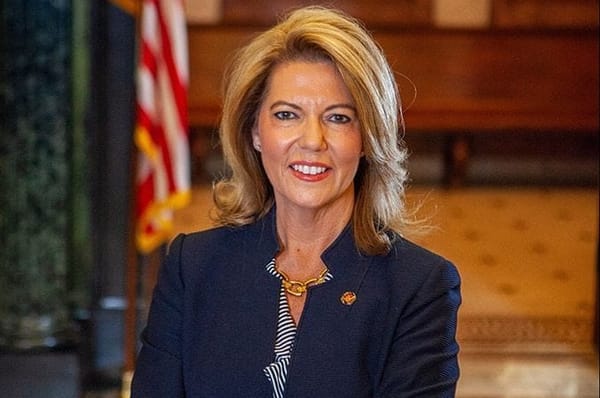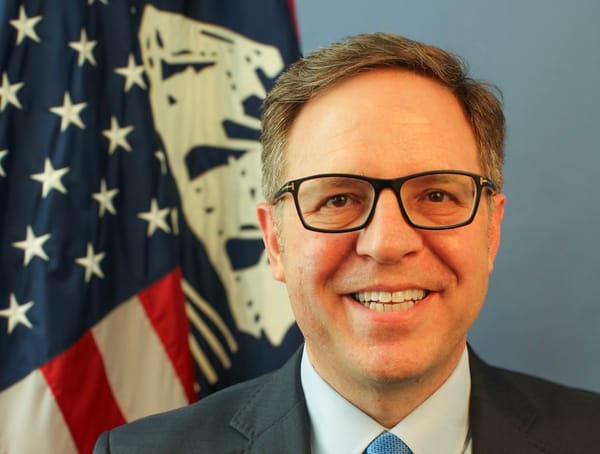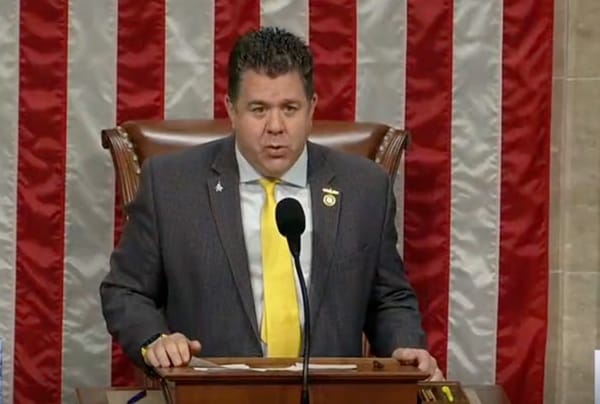iPods, iPhones, iPads – and the Wired and Wireless Broadband Connections That Feed Them
January 12, 2012 – The Broadband Economy has always been about three things: wired and wireless connections; the iPods, iPhones, and iPads that we got in our Christmas stockings; and the content that makes it fun and useful to “connect” your device to the internet. Some of us talk about the internet
January 12, 2012 – The Broadband Economy has always been about three things: wired and wireless connections; the iPods, iPhones, and iPads that we got in our Christmas stockings; and the content that makes it fun and useful to “connect” your device to the internet.
Some of us talk about the internet and broadband but think only about content – Netflix, social networking, necessary e-mail traffic. Hardware geeks may think only about the fiber-optic cables, or the new cellular towers that are providing faster fiber-optic connectivity or fourth-generation wireless (4G) connectivity.
In general, the beauty of the internet has been about the openness of each layer. There are always have been concerns about monopolistic behavior. Consider the potential for “natural monopoly” in infrastructure. Or how a once-dominant player like Microsoft was able, for a time, to serve as a choke-point on the “desktop” of the personal computer.
Today’s concerns about competition are just as likely to be had where Google, Facebook and Twitter spar over the integration of their respective social networks, as within Google’s newly revamped search engine features.
But as the International Consumer Electronic Show meets in Las Vegas, it’s worth taking stock of the digital devices – not the broadband, and not the content – that are the heart of the ecosystem.
Indeed, I want to focus on the Apple platform – iPods, iPhones and iPads – that have shaken up the digital landscape in the post-PC world.
Breaking Boundaries on Digital Devices
Apple, the biggest name in the consumer electronics landscape, has done more than any company to keep gadgetry simple. They keep enticing more and more of our nation’s population, and our world’s population, into the digital economy. Ironically, the Cupertino, Calif.-based company doesn’t even have official presence at CES. The roots of CES stem from high-definition television and home stereo, growing into the all-purpose digital monolith when COMDEX, the legendary Vegas dot-com conference, went bust in 2003.
But Apple has hewed toward a go-it-alone venue for publicizing and promoting its products. That’s very much unlike Microsoft, the former king of COMDEX and, until this year, of CES. In the post-PC world, Apple’s strategy seems to have worked.
Indeed, Apple’s extraordinary rebirth from computer-maker into the must-have consumer electronics company goes back to the category-creating iPod (the genre-defining music player introduced in 2001), the iPhone (a smart phone for the rest of us, in 2007), and the iPad (creating a long-elusive market for “tablet” computer, in 2010). I’m not going to count the Newton, the not-ready-for-prime-time device from the 1980s.
Apple has integrated the new versions of each of these post-PC devices to make interchanging them seemless. But any member of the iApple platform underscores how dated it is to view our digital world as if telephones, computers, and televisions were separate objects. My iPhone is as much my computer – and my television – as it is my telephone.
So what does this say for the other layers in the broadband ecosystem? Everything.
Bringing Broadband Adoption to the 21st Century
Many of our country’s leading broadband policy-makers have lamented the inability to get all Americans online, or excited about engaging in the broadband economy. The Federal Communications Commission’s National Broadband Plan found that only 65 percent of the population had adopted broadband technology. Consider the argument that’s taken place over the last several weeks, following the publication of a piece by Susan Crawford, “The New Digital Divide,” in The New York Times.
Crawford, a former special assistant to the Obama Administration White House Office of Science and Technology Policy, argued that the
While we still talk about “the” Internet, we increasingly have two separate access marketplaces: high-speed wired and second-class wireless. High-speed access is a superhighway for those who can afford it, while racial minorities and poorer and rural Americans must make do with a bike path.
Crawford acknowledged the breakneck adoption of smartphones, the policy-wonk’s label for an iPhone or an Android device, but insisted that “smartphone access is not a substitute for wired” because job applications require typing, or because distance learning or small business connections require more than just a wireless connection. Further, she scores the leading wireless providers for fixing rigid monthly data caps on wireless downloads.
Ivan Seidenberg, the recently-departed CEO of Verizon Communications, took issue with Crawford’s dour conclusion about a two-track internet. He claimed that U.S. fiber subscriptions were double those of Europe. There’s an important argument here – for another day – about the state of the speeds and prices of American broadband. But let’s keep our focus on the broadband “adoption” problem, and what it has to do with an iPhone.
An iPhone is a Phone… and a Camera and a Televisions and a Calculator and a Computer
The paradox of broadband adoption is really the same as the paradox of the broadband ecosystem: there’s no point in laying fiber-optic lines, or building tower, or in building the best search engine or social network, if you don’t have lots of devices on which to consume data.
While it is true that the fastest wireless connections are unlikely to ever match the capacity and speed of the fastest wired linkages, new 4G technologies being rolled out by each of the major providers are considerably pumping up wireless broadband speeds. The simple fact of the matter is that the heart of the Crawford’s digital divide is a dearth about usage. And usage will rise as more and more of our nation, and our world, experience, understand and use the digital tools of today.
Consider my own “magic box,” my iPhone. Everyone’s “top 10” lists are certain to be different. Here are the 10 most recent apps I’ve used on my iPhone:
- Phone
- C-SPAN Radio
- Mormon Channel
- Clock
- Calendar
- App Store
- Messages
- Safari
- Contacts
All of these applications, with the possible exception of “Clock,” rely upon the 3G broadband network for which I subscribe to use my iPhone. Consider this value for the network.
Many of them, like “C-SPAN Radio,” a simple-to-use app that enables web-streaming as if I were on the C-SPAN web site, rely upon the web sites of the wide open web. Consider this value for the content.
Some of them, like the Facebook app, may well compete to work better on my iPhone platform than on another platform, like the Galaxy Nexus. Consider this value for the device, my iPhone.
This sort of ecosystem – broadband network, internet content and digital device – has the potential to gradually bring more and more, and ultimately everyone, into the digital world.
Drew Clark is the Chairman of the Broadband Breakfast Club, the premier Washington forum advancing the conversation around broadband technology and internet policy. You can find him on Google+ and Twitter. He founded BroadbandCensus.com, and he brings experts and practicioners together to advance Better Broadband, Better Lives. He’s doing that now as Executive Director for Broadband Illinois, based in Abraham Lincoln’s Springfield.
Editor’s Note: Don’t miss the discussion, “The Wired Home and Wireless Policy,” at the Broadband Breakfast Club on Tuesday, January 17, 2012, from 8 a.m. to 10 a.m. Register now.

